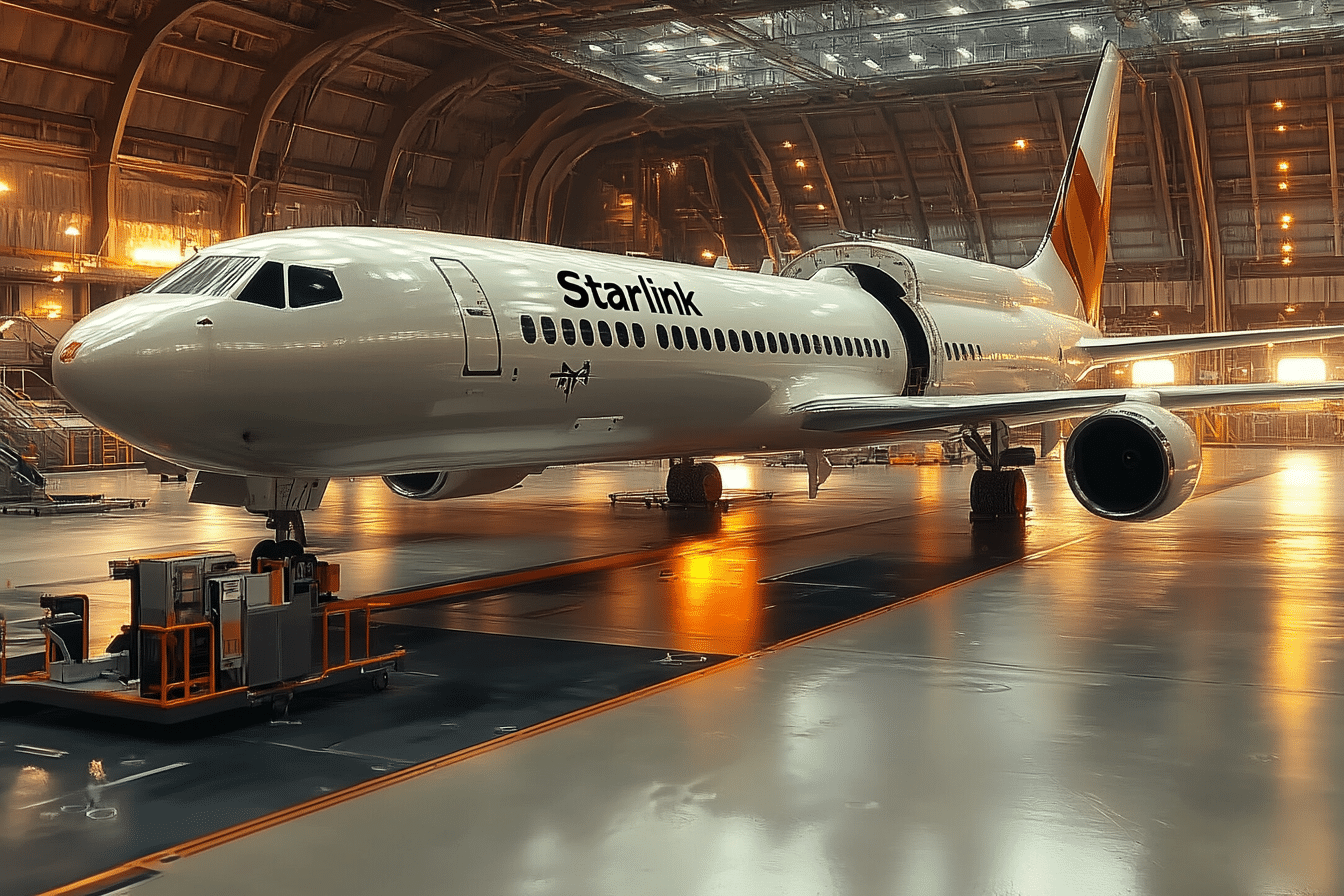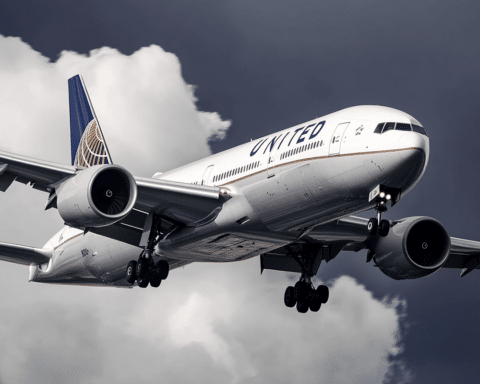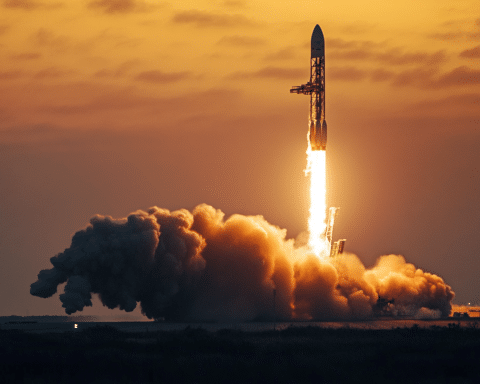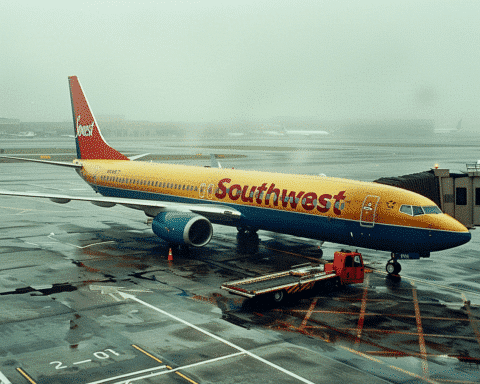SpaceX’s Starlink has reached a significant milestone, nearly doubling its backlog of in-flight Wi-Fi orders thanks to a major deal with United Airlines. As the satellite internet arm of Elon Musk’s company pushes deeper into the in-flight connectivity (IFC) market, this agreement represents a substantial step forward in enhancing passenger experience on commercial flights.
Starlink’s Growing Aviation Presence
“Very excited that we have about 2,500 aircraft under contract now, bringing what was effectively a startup to now what we think is a growing experience that’s going to resonate with all the passengers and the airlines worldwide,” stated Nick Galano, SpaceX director of Starlink aviation sales and partnerships, during a panel at the World Space Business Week conference in Paris. This deal indicates SpaceX’s ambitious expansion into the aviation sector, with United planning to outfit over 1,000 planes with Starlink’s service.
A Competitive Shift in In-Flight Wi-Fi
The United Airlines agreement is the largest IFC deal that Starlink has secured. It will replace existing contracts with four other Wi-Fi providers: Viasat, Panasonic, Thales, and Gogo. This shift underscores the competitive landscape in the in-flight connectivity market, where airlines continually seek to enhance service offerings without burdening passengers with additional costs.
Expanding Global Reach
SpaceX’s Starlink has made significant strides since its launch in 2020, transitioning from a consumer-focused model to an enterprise-driven approach that includes aviation and maritime services. Approximately 6,400 Starlink satellites are orbiting Earth, connecting over 3 million customers in 100 countries. This extensive network enables Starlink to provide unparalleled service; as Galano remarked, “the sheer factor of the capacity that we can provide” is remarkable, with capabilities “probably over 100 times what all the legacy systems have provided.”
Innovations in Installation
One of the critical challenges in retrofitting aircraft with new satellite communication systems is the time required for installation. Galano noted that SpaceX aims to simplify these installations and complete retrofitting in under a day. “We’ve proven on Hawaiian’s and JSX’s fleets,” he mentioned, emphasizing the importance of efficiency in maintaining airline operations. In contrast, Delta Air Lines faces more extended retrofitting periods, averaging about three days for its existing systems.
The Future of In-Flight Connectivity
As airlines like Delta and United compete for high-end customers, in-flight connectivity has become a pivotal battleground. Delta’s strategy of offering free Wi-Fi to members of its frequent flyer program has yielded positive results, with managing director Glenn Latta stating, “We’ve gotten 3 million additional SkyMiles members as part of our loyalty program by offering free internet access.” This trend highlights the growing importance of connectivity in passenger satisfaction and loyalty.
SpaceX’s Starlink, with its recent contract with United Airlines, is set to revolutionize in-flight connectivity, positioning itself as a leader in this burgeoning market. With innovative installation methods and a vast satellite network, Starlink is poised to enhance the flying experience for millions of passengers worldwide.





